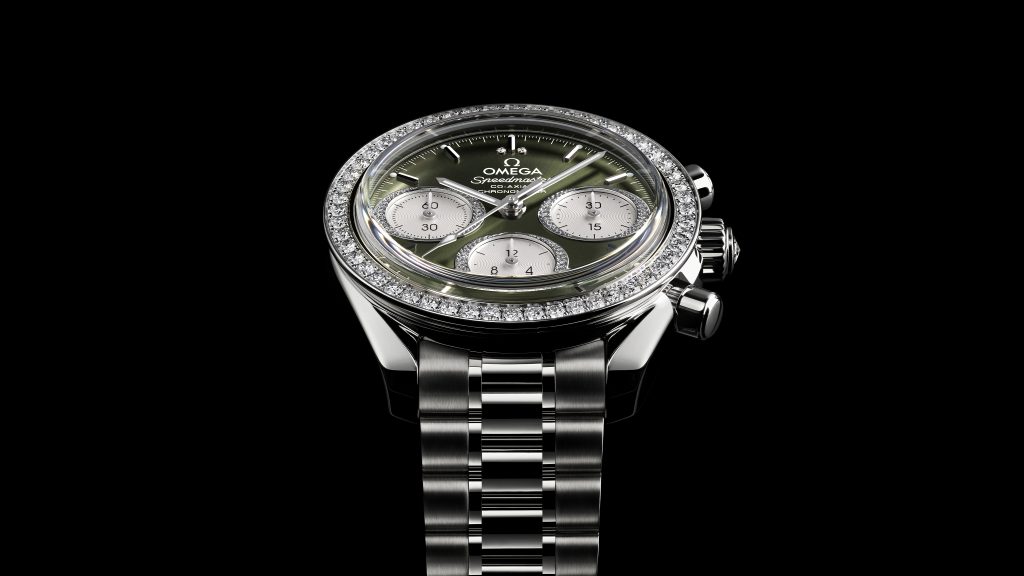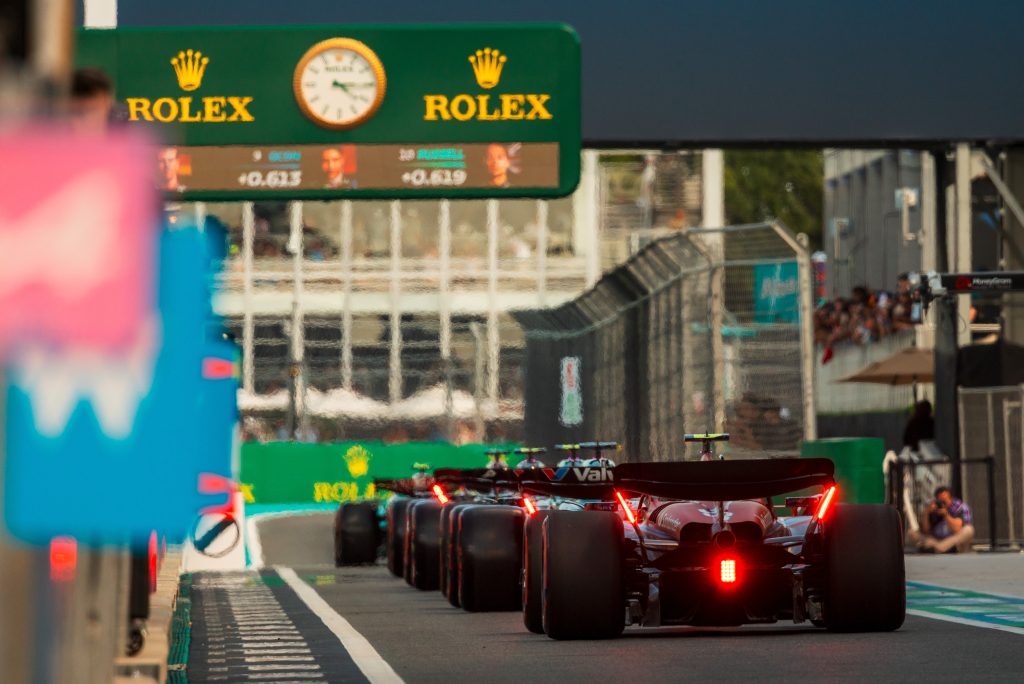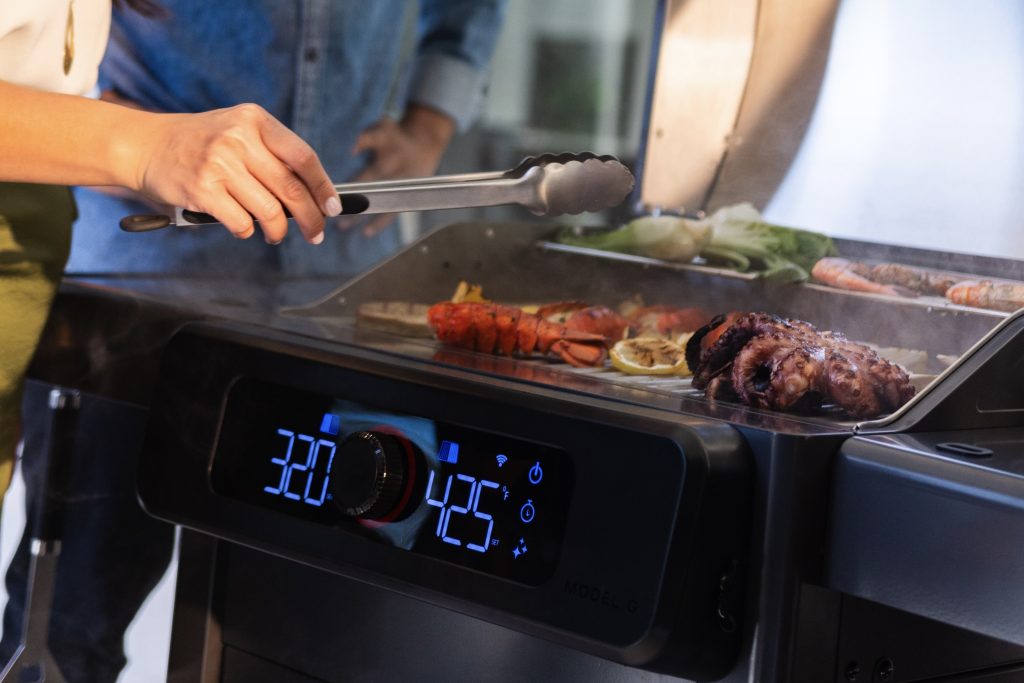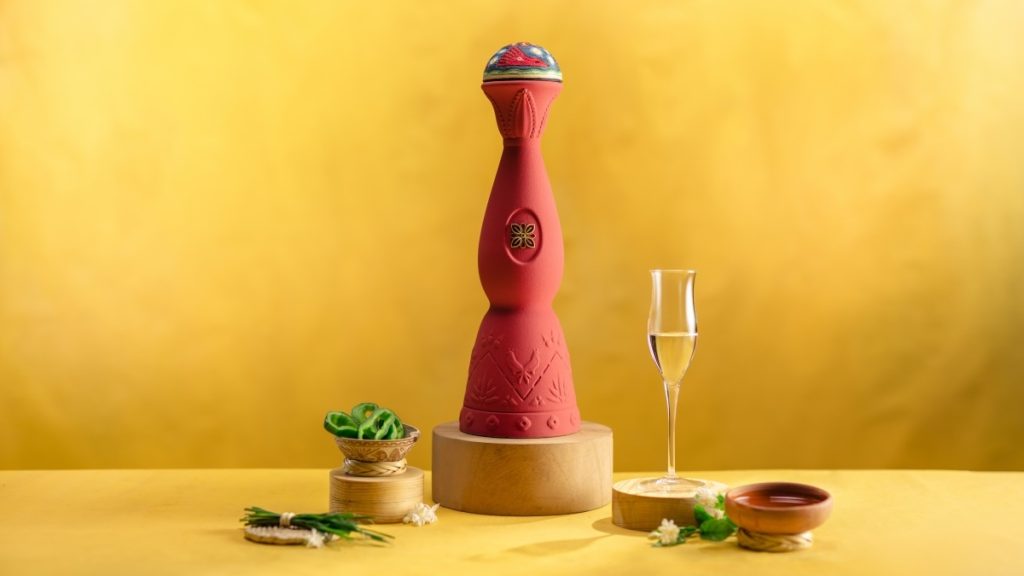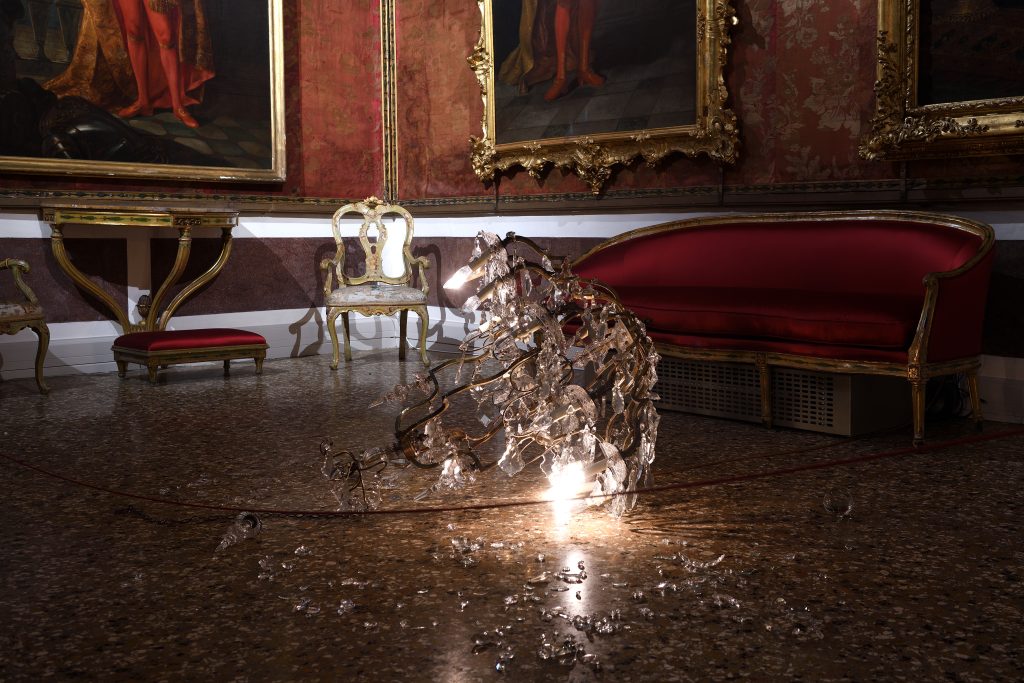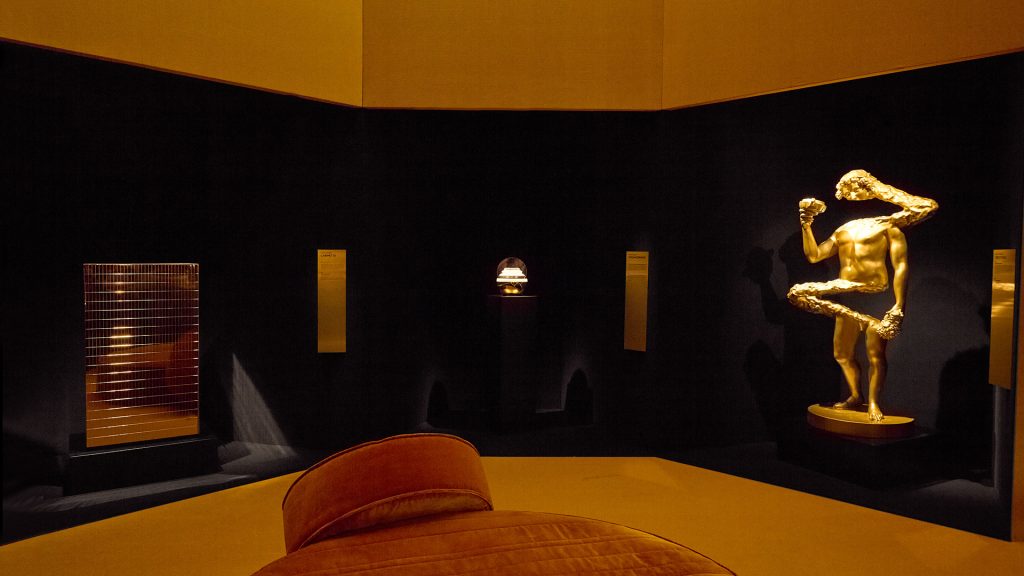Château Clarke’s “Le Merle Blanc” Bordeaux White Wine
A delicacy from one of a handful of estates to produce white varietals in the Médoc

The word Bordeaux tickles sense memory, conjuring the deep colors and lavish aromas of medium- and full-bodied red wines with tannic gravitas. Château Clarke, which sits on roughly 150 hectares in Bordeaux’s Listrac-Médoc appellation, produces such wines—and yet their white, Le Merle Blanc, represents something of greater rarity. Few estates in the Médoc nurture white wine varietals; even fewer offer a white wine as elegant as the one here. La Merle Blanc straddles the interests of lovers of fine Bordeaux wine and consumers who prefer to drink white wines.
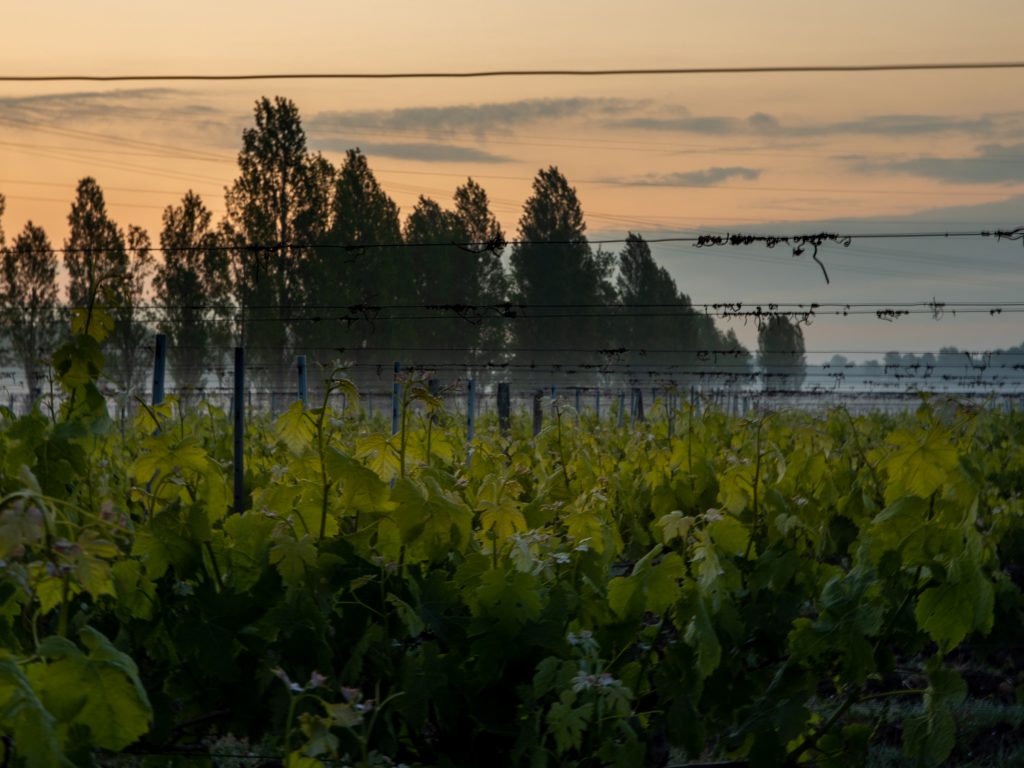
Château Clarke’s earliest roots date to 1771. As Merlot and Cabernet Sauvignon flourished in the region, La Merle Blanc de Château Clarke first released wine around 1890. The winery and its vines would change hands twice, ultimately finding a champion in Baron Edmond de Rothschild in 1973. The de Rothschild name was already famous in the wine world, as Baron Edmond’s great-grandfather James had purchased Château Lafite in 1868. Baron Edmond sought to transition the derelict Château Clarke property into one of great prestige—a mission that required a complete overhaul of the lands and facilities—and it was his idea to revive the château’s white wine.
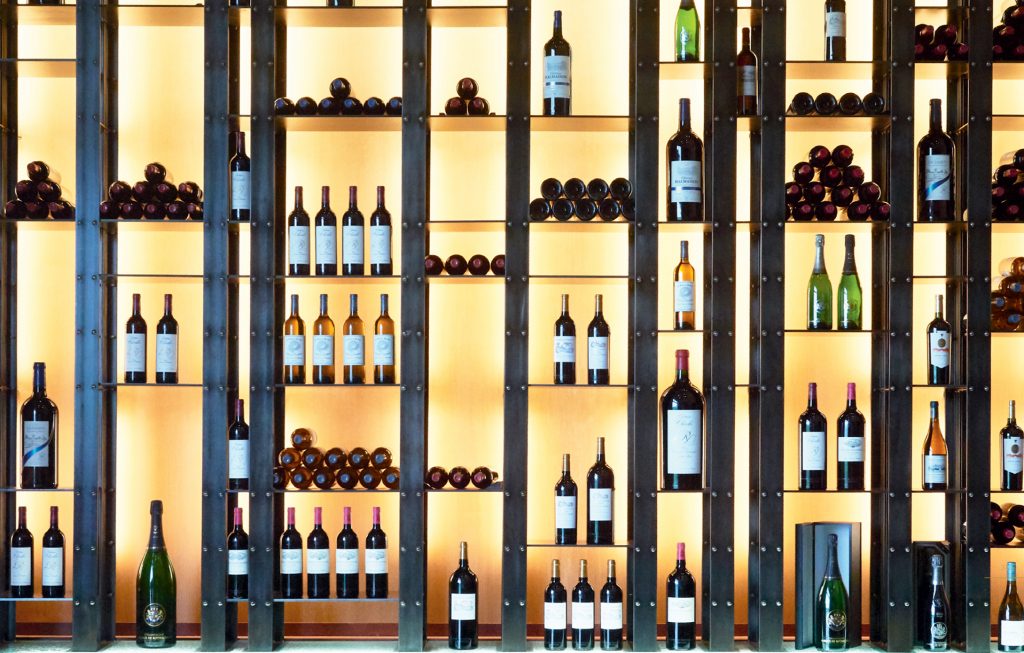
Today, three to four hectares of vines are dedicated to white Bordeaux wine grapes. They’ve been planted to 70% Sauvignon Blanc, 10% Semillon, 10% Sauvignon Gris and 10% Muscadelle. The vineyards are hand-picked and hand-sorted. Vinification occurs through direct pressing, cold settling and fermentation on the lees. Château Clarke modifies their process per batch. Ultimately, 30% of the juice is then aged in new French oak barrels for up to six months before blending with wine from temperature-controlled vats.
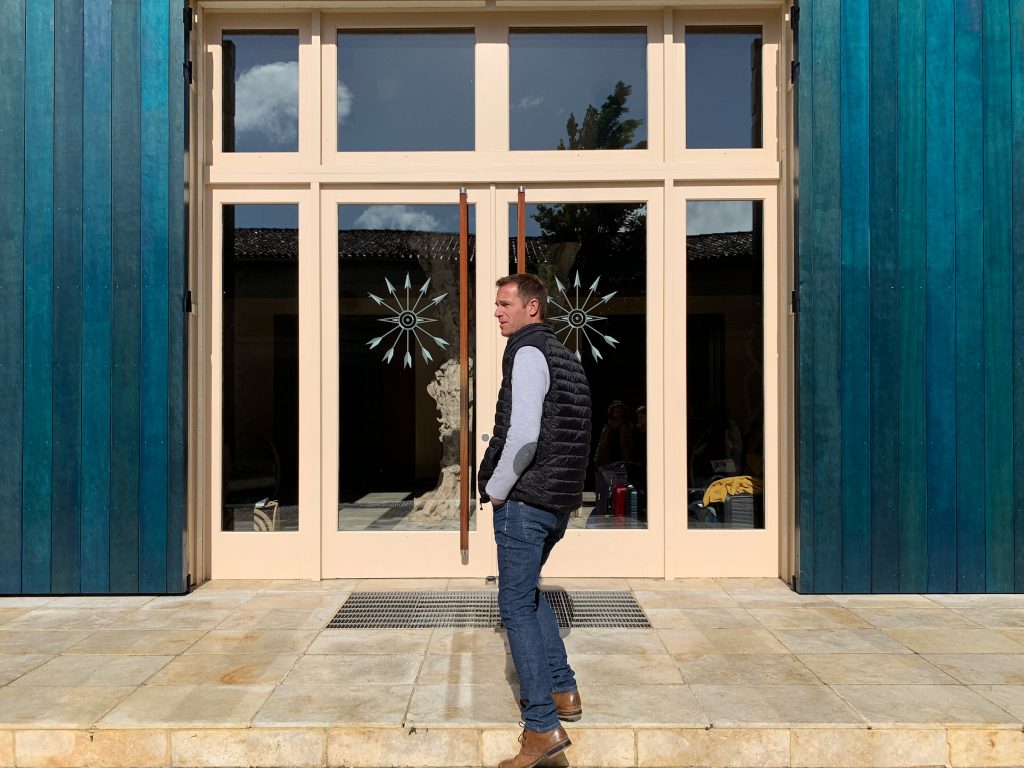
Under the watch of head winemaker Fabrice Darmaillacq, La Merle Blanc’s current vintage (the 2017) sings of peach and delicate floral notes. It’s bright and full-bodied, all the way through a lengthy finish. It’s also ready to drink now. And an advance tasting of the 2018, on bottling day, reveals similar splendor.

In addition to the vines and winery, a visit to Château Clarke reveals gardens everywhere. Within, there’s a balance between manicured greenery and flowers bursting with wild life. On the estate, one will find the highest hill in the Médoc, rising 35 meters. It further accents the beauty. As one passes from white to red wine grapes, gazing through various verdant lines of sight, it’s possible to spy where the de Rothschild’s also produce their honey. To find their farmstead brie or olive oil, you’ll have to venture to some of their other properties, however.
Hero image courtesy of Château Clarke




